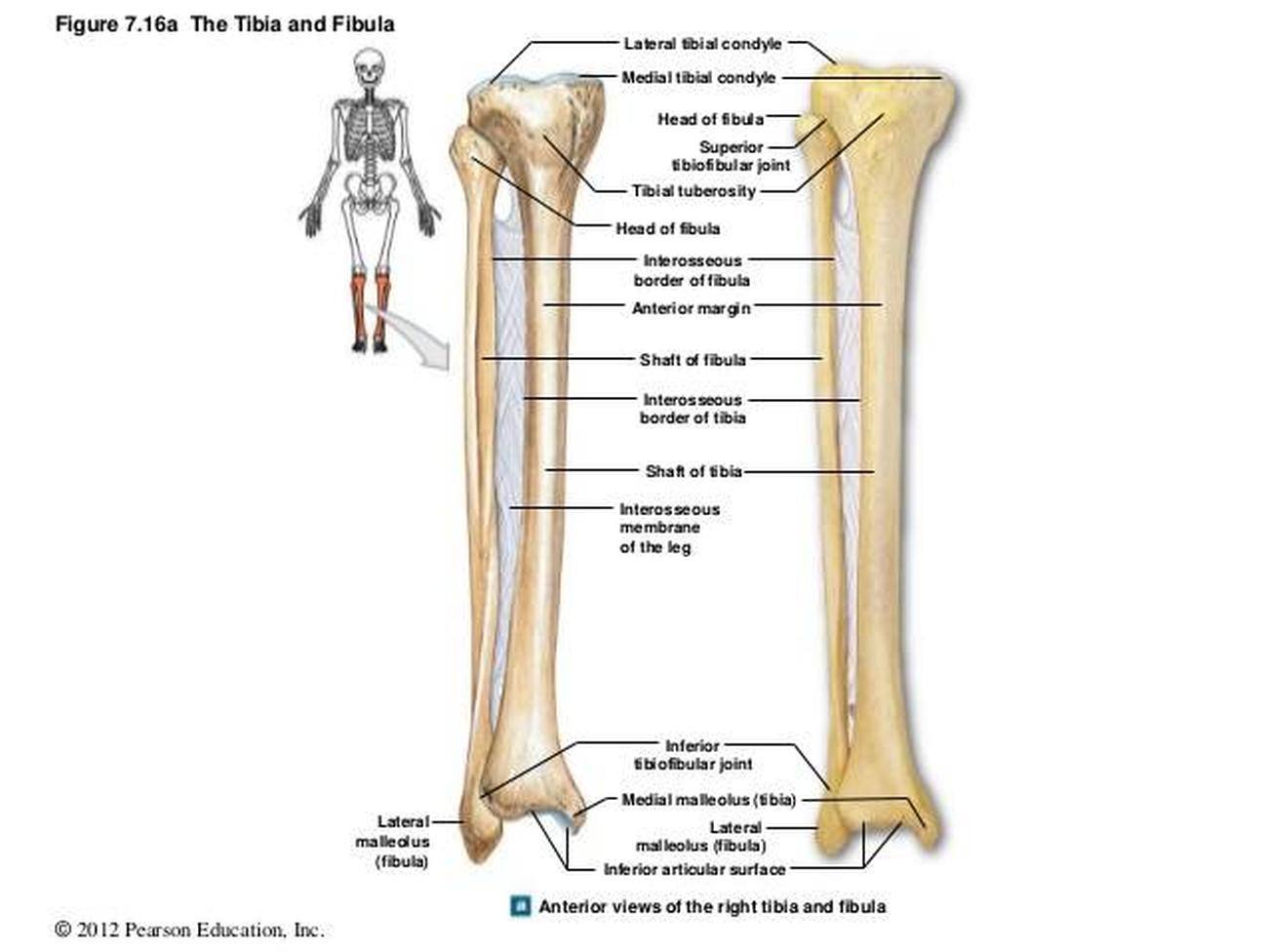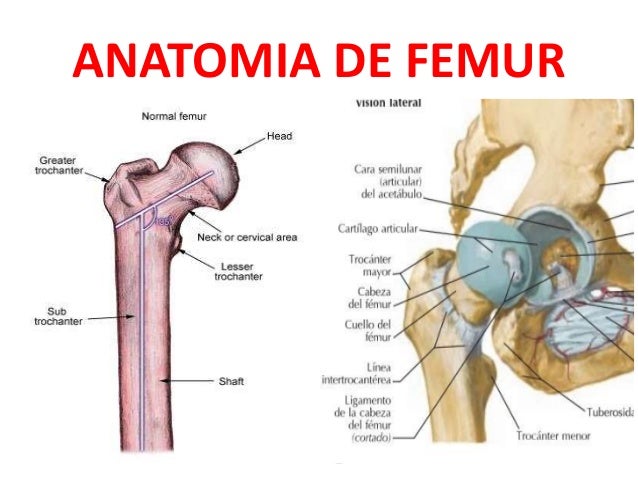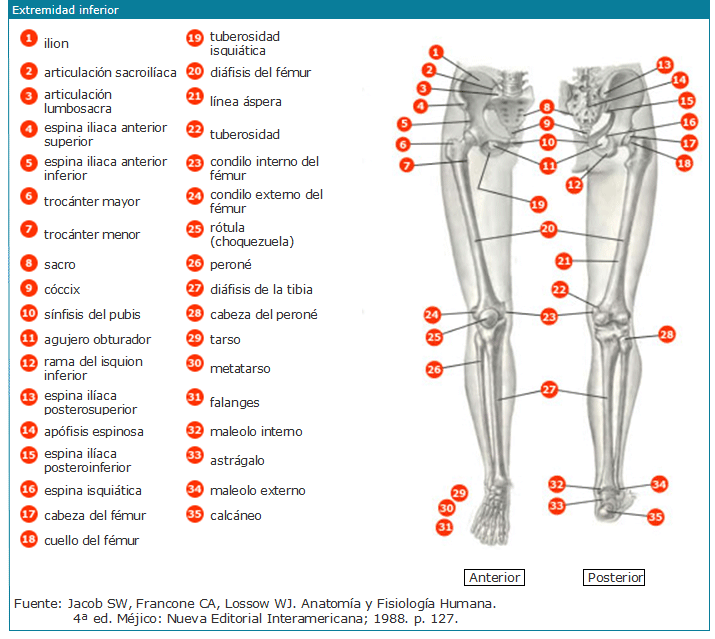Bones of the lower limb
Colloquially, the lower limbs are the legs. However, in anatomy the term leg
has a more precise meaning and corresponds to the calf, that is, the
portion of the lower limb located between the knee and the ankle.
Ball joint
Colloquially called kneecap
(whose accepted medical
terminology is "patela") is a
bone of the leg, the sesamoid
(being wrapped by the distal
tendon of the quadriceps
crural) being the largest in
the human body. It is in even
number and is a constant
bone.
Function
Among its main functions are:
Acts as a support point by
increasing the lever arm of
the quadriceps. It guides the
forces between the femoral
component of the quadriceps
and the patellar tendon. It
protects the deep anatomy of
the knee and the quadriceps
tendon from friction forces.

Tibia
The tibia is a long,
triangular prism shaped
bone, located in the
anterior and inner part of
the leg; presents two
curvatures of the
opposite direction: the
superior, concave to the
outside; another inferior,
concave inward (in the
form of S italics).
Function
The tibia, is the strongest
bone of the two bones of
the leg below the knee in
vertebrates. Connect the
knee with the bones of the
ankle. It is commonly
recognized as the
strongest bone in the
body's load.

Femur
The femur is the thigh
bone, the second
segment of the lower
limb. It is the longest,
strongest and
voluminous bone of the
human body, 1 and of
most mammals.
Function
The femur is the only bone of
the thigh, it serves as a
fixation point for all the
muscles that exert their
strength on the hip and knee
joints. Some biarticular
muscles - which cross the
two joints, like the twin and
plantar muscles.

Commentary
The bones of the lower limb help us to sustain our body without them it would not be
possible for us humans to have the ability to sustain ourselves.

Este comentario ha sido eliminado por el autor.
ResponderBorrarWhat is the structure that is not part of the Tarsian tunnel?
ResponderBorrarposterior tibial nerve or of the
Borrarcompression of the plantar nerves
What is the importance of this topic?
ResponderBorrarIt helps us as human beings to support the weight of our body and to maintain balance.
Borrarhow many bones are in the lower limb?
ResponderBorrarwhat is the function of bones?
how many bones are the lower limb?
The lower extremity has 62 bones.
BorrarLocomotion. Weight support Maintenance of balance.
BorrarWhat did you learn most about the subject?
ResponderBorrarthat helps us support our weight and that part of the body is very important for every human being
Borrarwhich is thi biggest bone that we have in the lower lim?
ResponderBorrarBone ring that is formed by the sacral bone in the posterior region
BorrarWhat other bones form the lower extremity?
ResponderBorrarWhat bones form the forefoot?
which metacarpal is more predominant?
the femur, in the thigh. the patella, in the knee and the tibia and the fibula, in the leg. the tarsus, the metatarsus and the phalanges, on the foot.
BorrarThe forefoot consists of the five metatarsals that form the metatarsus and the phalanges of the foot. Like the fingers of the hand, the big toe has two phalanges
Borrarof the hand and is formed by the five metacarpal bones
BorrarI think it's an excellent blog, congratulations
ResponderBorrar